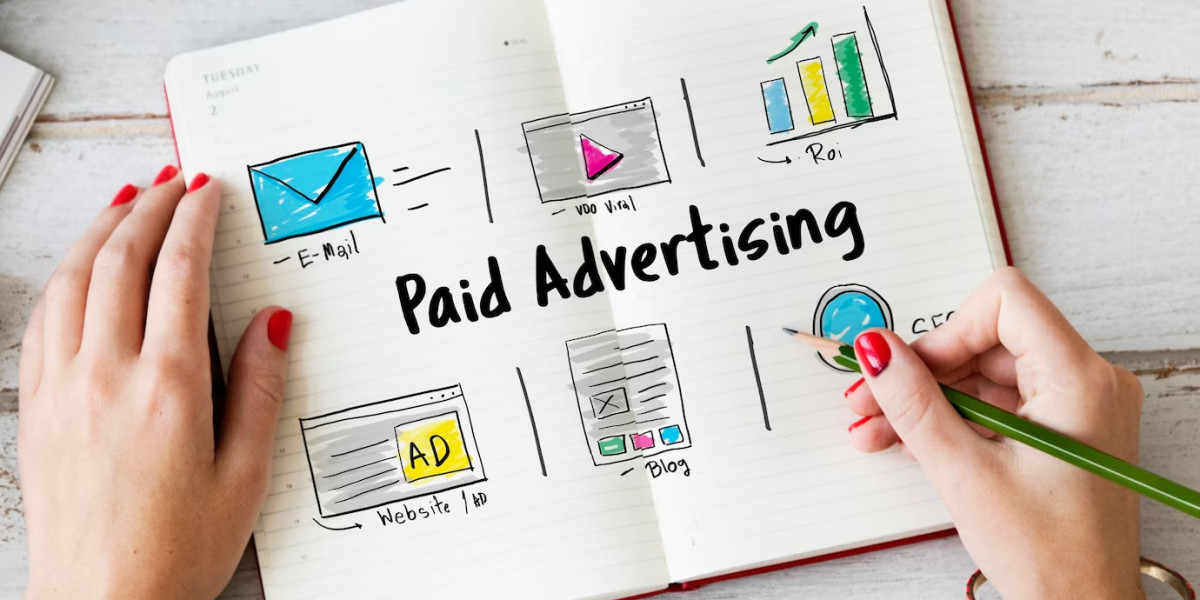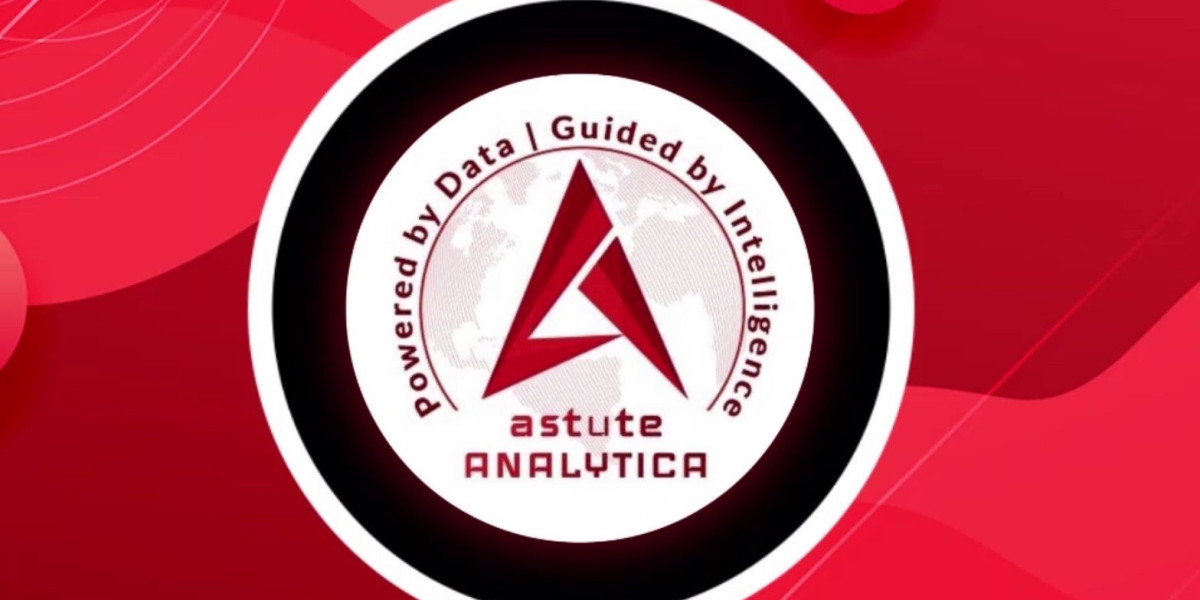In the realm of digital marketing, Pay-Per-Click advertising stands out as a powerful tool for businesses aiming to achieve targeted growth and measurable results. This marketing strategy allows advertisers to place ads on various platforms and pay a fee each time their ad is clicked. The appeal of PPC lies in its ability to deliver immediate visibility, control over budget allocation, and precise targeting capabilities. This article delves into the intricacies of PPC marketing, exploring its benefits, key components, best practices, and its evolving role in the digital landscape.
Understanding PPC Marketing
PPC marketing operates on a straightforward principle: advertisers bid on keywords relevant to their target audience. When users search for these keywords on search engines like Google or Bing, relevant ads are displayed. Advertisers only pay when their ad is clicked, hence the name Pay-Per-Click. This model ensures that businesses pay only for actual visits to their websites, making it a cost-effective approach compared to traditional advertising where payment is made upfront with no guarantee of engagement.
Key Components of PPC Campaigns
Keyword Research: The foundation of any successful PPC campaign is thorough keyword research. Understanding the search terms your potential customers use enables you to craft targeted ads that appear when these terms are searched.
Ad Creation: Compelling ad copy is crucial. Ads must be not only relevant but also engaging enough to attract clicks. A/B testing different versions of ads helps in identifying the most effective messaging.
Bid Management: Bidding on keywords requires strategy. Balancing keyword competitiveness, budget constraints, and return on investment (ROI) is essential for maximizing the effectiveness of PPC spending.
Landing Pages: Where users land after clicking an ad plays a significant role in conversion rates. Optimized landing pages tailored to match the ad's messaging improve user experience and drive conversions.
Benefits of PPC Marketing
Immediate Results: Unlike organic search engine optimization (SEO), which can take time to gain traction, PPC delivers instant visibility.
Targeted Reach: PPC allows precise targeting based on factors like demographics, location, device, and even time of day, ensuring ads reach the right audience at the right time.
Measurable ROI: Detailed analytics provided by PPC platforms enable advertisers to track performance metrics such as clicks, conversions, and cost-per-acquisition (CPA), providing clear insights into ROI.
Flexibility and Control: Advertisers have full control over their campaigns, from budget allocation to ad scheduling, allowing for quick adjustments to optimize performance.
Best Practices for PPC Success
Continuous Optimization: Regularly review and refine keyword lists, ad copy, and bids to improve performance and maintain relevance.
Quality Score Management: Google assigns a Quality Score based on ad relevance, click-through rate (CTR), and landing page experience. A higher Quality Score can lower costs and improve ad placement.
Adaptability: Stay updated with industry trends, platform changes, and competitor strategies to stay ahead in the competitive landscape of PPC advertising.
Evolving Trends in PPC
As technology advances and consumer behaviors evolve, PPC continues to adapt. Trends such as voice search optimization, AI-driven bidding strategies, and the integration of PPC with other digital marketing channels are reshaping the landscape. Adapting to these trends ensures that PPC remains a relevant and effective marketing tool.
Conclusion
PPC marketing offers businesses a potent means to achieve targeted growth, drive traffic, and increase conversions in an increasingly competitive digital marketplace. By leveraging its precise targeting capabilities, real-time analytics, and flexibility, businesses can maximize their marketing investments and stay ahead of the curve. As technology evolves and consumer expectations shift, staying informed about the latest trends and best practices will be crucial for harnessing the full potential of PPC advertising.








